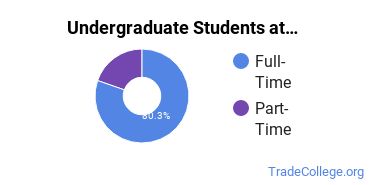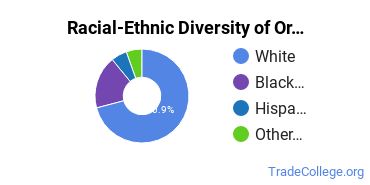Orlo School of Hair Design and Cosmetology Trade Programs
Located in Albany, New York, Orlo School of Hair Design and Cosmetology is a private for-profit institution. The city atmosphere of Albany makes it a great place for students who enjoy having lots of educational and entertainment options.
Featured schools near , edit
Where Is Orlo School of Hair Design and Cosmetology?

Contact details for Orlo School of Hair Design and Cosmetology are given below.
| Contact Details | |
|---|---|
| Address: | 232 North Allen St, Albany, NY 12206 |
| Phone: | 518-459-7832 |
| Website: | www.theorloschool.com |
Can I Afford Orlo School of Hair Design and Cosmetology?
Student Loan Debt
While almost two-thirds of students nationwide take out loans to pay for college, the percentage may be quite different for the school you plan on attending. At Orlo School of Hair Design and Cosmetology, approximately 63% of students took out student loans averaging $6,486 a year. That adds up to $25,944 over four years for those students.
Orlo School of Hair Design and Cosmetology Undergraduate Student Diversity

Racial-Ethnic Diversity
The racial-ethnic breakdown of Orlo School of Hair Design and Cosmetology students is as follows.

| Race/Ethnicity | Number of Grads |
|---|---|
| Asian | 0 |
| Black or African American | 8 |
| Hispanic or Latino | 0 |
| White | 40 |
| International Students | 0 |
| Other Races/Ethnicities | 1 |
Orlo School of Hair Design and Cosmetology Trade School Concentrations
The table below shows the number of awards for each concentration.
| Major | Undergraduate Certificate | TOTAL |
|---|---|---|
| General Cosmetology/Cosmetologist | 45 | 45 |
| TOTAL | 45 | 45 |
References
*The racial-ethnic minorities count is calculated by taking the total number of students and subtracting white students, international students, and students whose race/ethnicity was unknown. This number is then divided by the total number of students at the school to obtain the racial-ethnic minorities percentage.
More about our data sources and methodologies.
Featured Schools
 Request Info
Request Info
|
Southern New Hampshire University You have goals. Southern New Hampshire University can help you get there. Whether you need a bachelor's degree to get into a career or want a master's degree to move up in your current career, SNHU has an online program for you. Find your degree from over 200 online programs. Learn More > |
